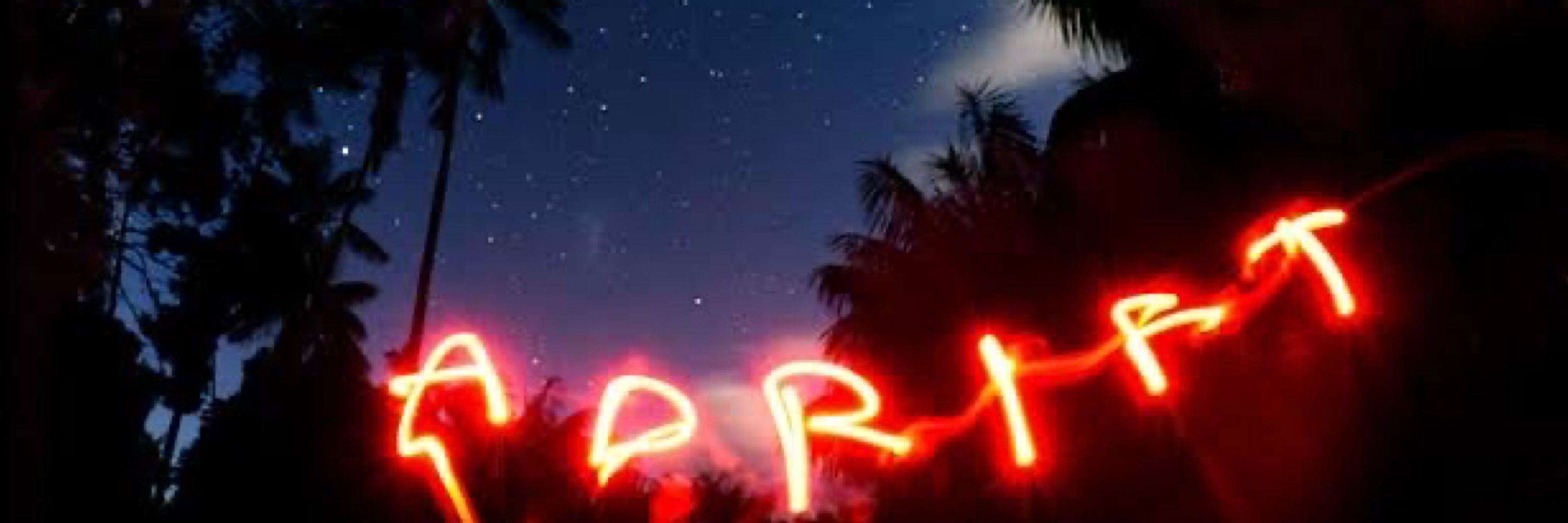Adrift Lab (Marine Science)
@adriftlab.bsky.social
1.6K followers
200 following
170 posts
Our brilliant & diverse team of (mostly) Australian-based #MarineScientists study #plastic in our #oceans & #wildlife 🐦🌊🏝🌈 We feature in BBC’s #drowninginplastic. We also have projects on #ClimateChange, #Bushfires, #MarineHeatwaves & #ArtSci collaboration
Posts
Media
Videos
Starter Packs
Reposted by Adrift Lab (Marine Science)
Reposted by Adrift Lab (Marine Science)
Reposted by Adrift Lab (Marine Science)
Reposted by Adrift Lab (Marine Science)
Reposted by Adrift Lab (Marine Science)
Reposted by Adrift Lab (Marine Science)
Reposted by Adrift Lab (Marine Science)















